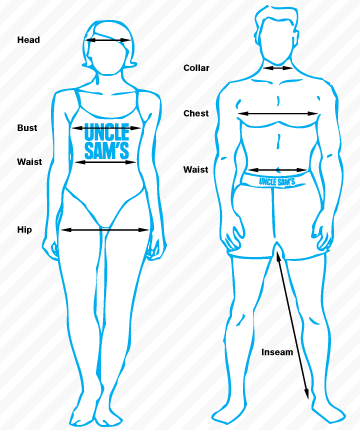Originally designed during the Korean War for military expeditions in extremely cold weather (presently defined by the National Weather Service as −35 °F (−37 °C)), the ECVB Boots are rated to either -20°F to -60°F (depending on the type) and have been sold to civilians in large amounts as military surplus.
The white "Bunny boot" is an improved version of the Type I "Mickey Mouse boot", designed for use in even more extreme cold weather, and is rated all the way down to −65 °F (−54 °C). Given the sufferings of the soldiers fighting in the
Battle of Chosin Reservoir in Korea, inducing many cases of
frostbite, even with Type I boots, the Type II was created to encompass the "worst case scenario" need to field soldiers in the coldest conditions in which any military force could reasonably attempt to conduct operations (including Alaska, Siberia and both Arctic poles). For comparison, the average winter temperature at the
South Pole in
Antarctica is roughly −56 °F (−49 °C). The boot is slightly bigger and heavier (~8 oz. (0.22 kg) more per boot) than the black Type I because of the extra insulation.
Both Mickey Mouse boots and bunny boots have an air valve on each of the boots. These air valves must be opened prior to flying to ensure that the air pressure differential between the walls of the boot and the outside air does not cause the boots to rupture.
Both Mickey Mouse boots and bunny boots have rubber wedges on the front of the toe and the back of the heel. These wedges lock into military-standard ski and snowshoe bindings.
Mickey Mouse Boots Tips and Tricks
Change socks daily - Due to the dual layer of insulation and moisture's inability to escape the inner shell of the boot, sweat can present a threat to comfort. It is recommended that wool socks are worn with these boots and changed at least daily.
Take care of rubber layers - What makes the Mickey Mouse boots effective at keeping your feet warm is its rubber layers and wool insulation. Damage or penetration to the outer rubber layer can compromise this insulation. It is important that Mickey Mouse boots are repaired in the occurrence of a tear in the rubber and that shoe polish is not used as it can deteriorate the rubber.
Do not play with the air valve - If your Mickey Mouse boots have the air valve, do not open this valve unless airborne and do not blow into this valve. Getting any type of moisture in the insulation layer can cause it to be ineffective in keeping your feet warm and dry.
Adhere to temperate ratings and limitations - Lastly, it is imperative that the temperature rating is adhered to. Typically, these boots are ideal when the average temperature ranges from 14 degrees to 68 degrees and can effectively keep feet warm in temperatures down to -20 degrees. However, in extreme sub-zero temperatures, it is recommended that the body is kept exercised and moving. In temperatures below -20, white Bunny Boots are recommended as they can be rated for temperatures down to -60 degrees.


